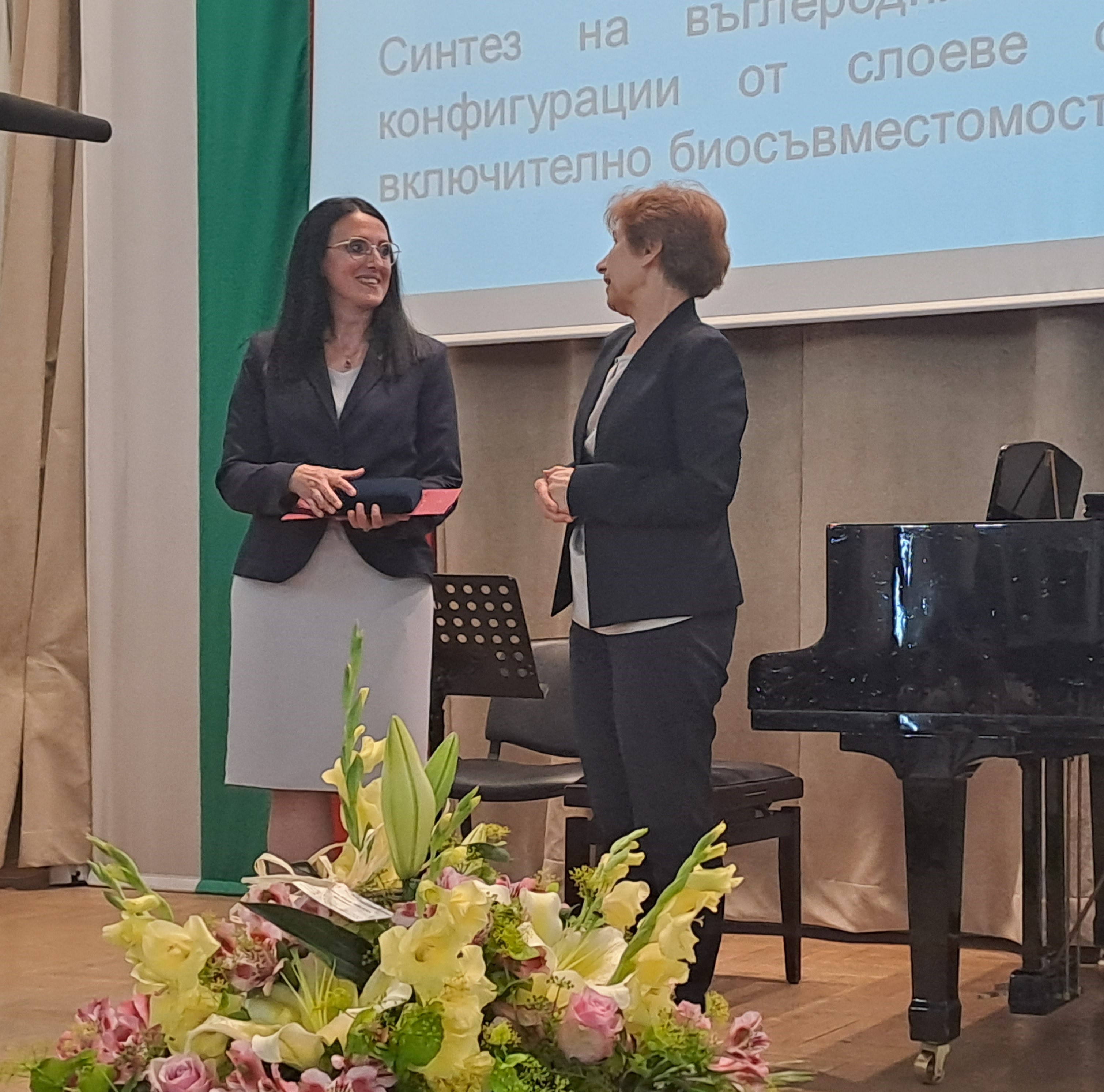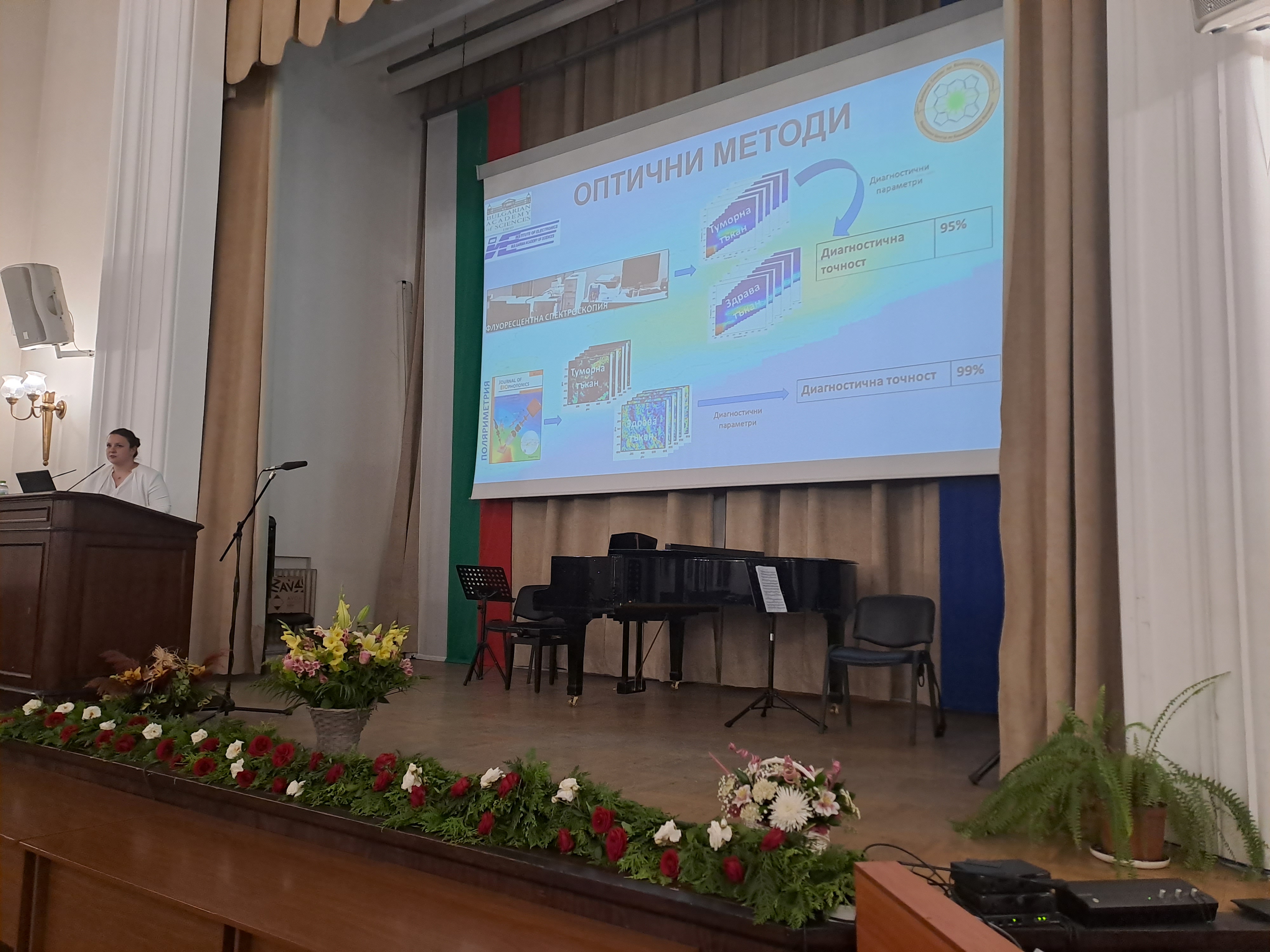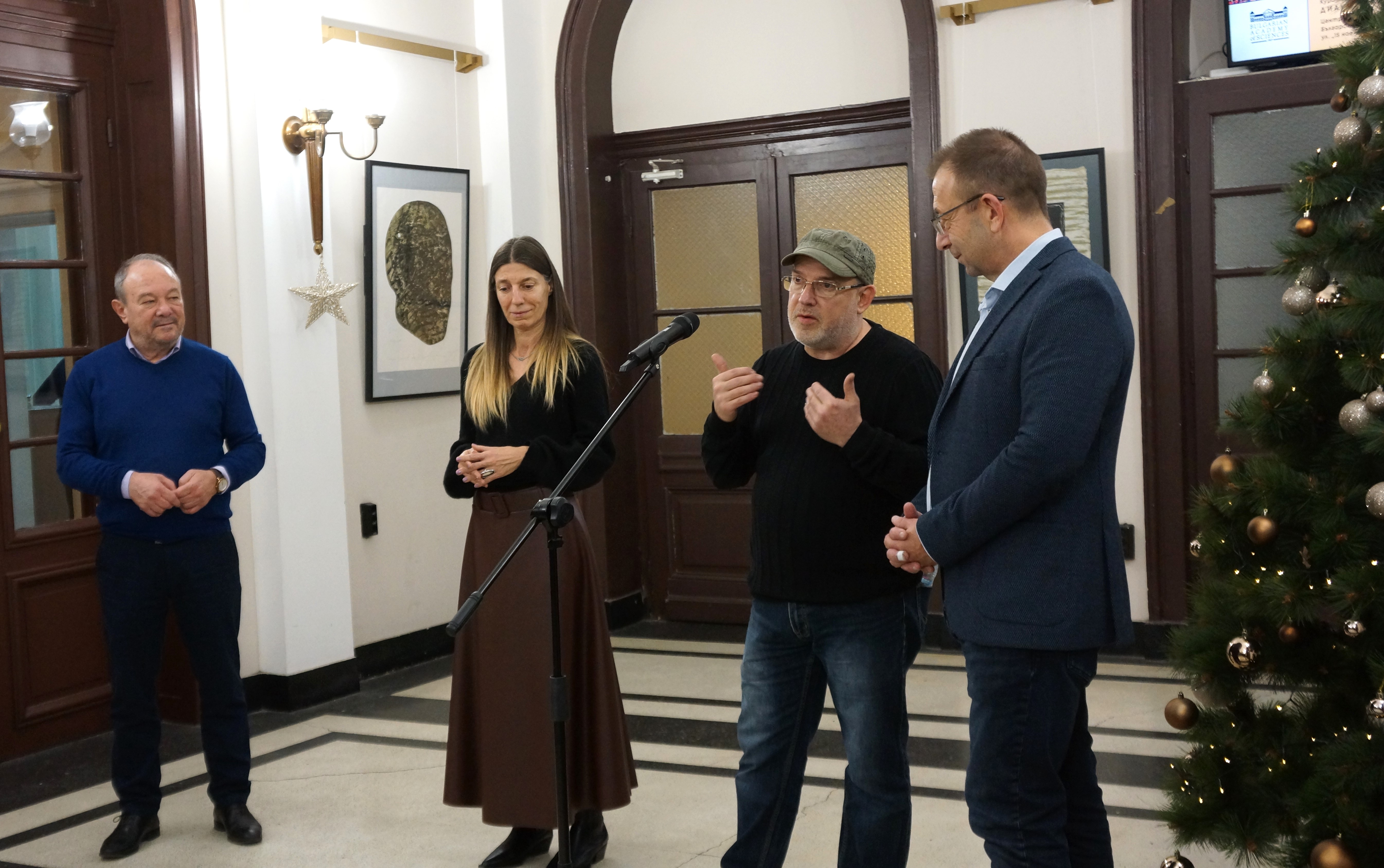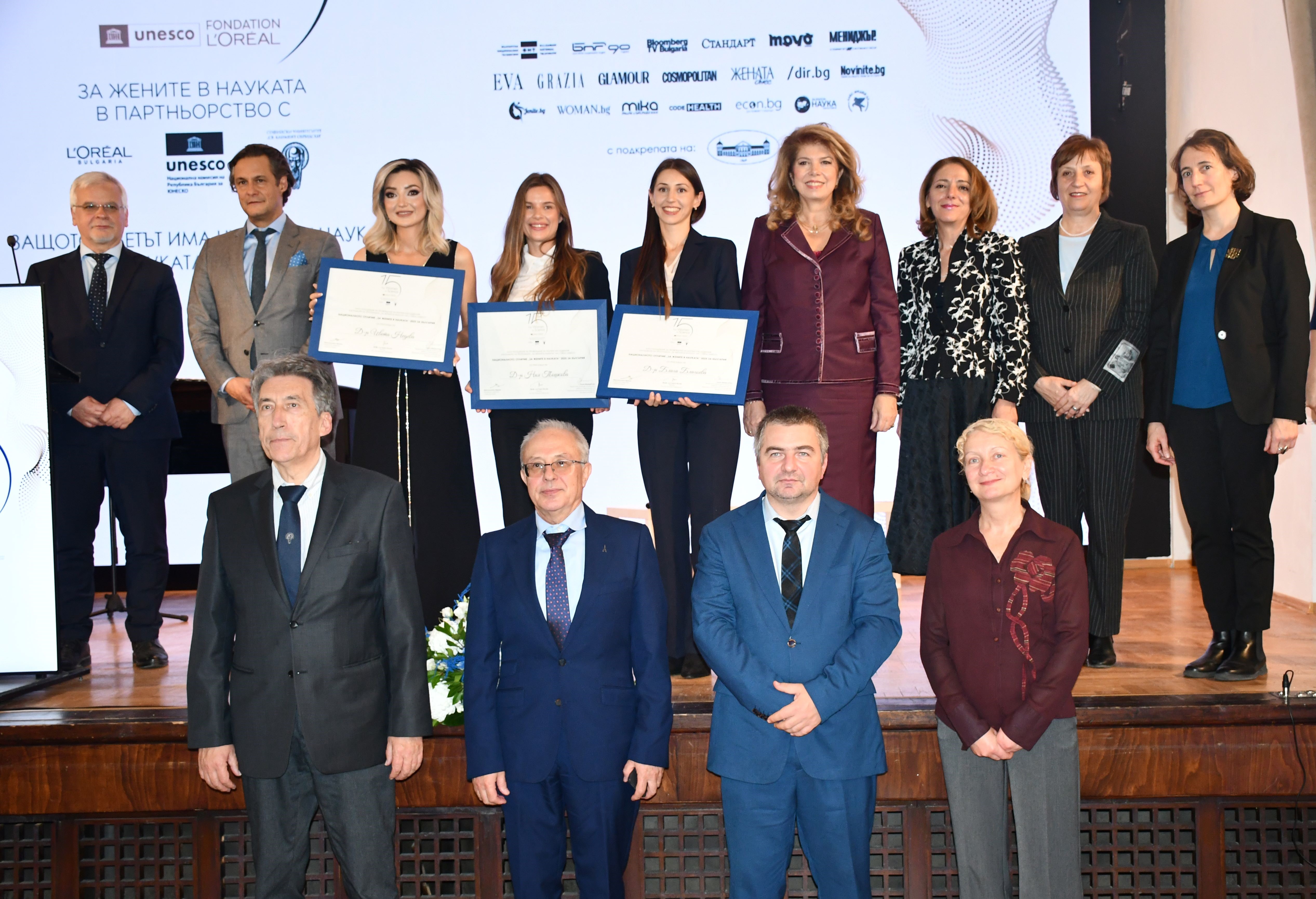The “Acad. Emil Djakov” Institute of Electronics (IE) received an honorary plaquette – GOLD at a solemn assembly on the occasion of the 60th anniversary of the founding of the Institute. The award is for excellence in the field of materials science, nanosciences, quantum optics, biomedical photonics. The Chief Scientific Secretary of BAS Prof. Neli Koseva presented the award to the Director Assoc. Prof. Tatiana Kutsarova and congratulated the scientists on behalf of the President of the BAS Prof. Julian Revalski, Full Member of the Academy. The staff of the Institute of Electronics takes great care to build and educate young generations of scientists with high scientific potential and ambition. Among the activities of the scientists are concrete applications in the field of improving the quality of life of people and the sustainable development of our society, the congratulatory address says.
During the last 5 years the scientific results of the institute have been published in more than 750 publications, said at the celebration the director Assoc. Prof. Kutsarova and added that the scientists were actively developing innovation activities, as only last year they were authors of 9 active patents for invention and 6 for utility models. Currently, 13 PhD students are being trained at the Institute of Electronics, and three of the young scientists have completed their studies abroad and have started their scientific careers at IE.
At a solemn celebration, awards were presented in four categories. The Best Scientific Achievement Award for 2022 went to a team led by Prof. Katia Vutova; the Award for the Best Scientific-Applied Achievement for 2022 went to a team led by Assoc. Prof. Albena Daskalova; Sen. Asst. Prof. Tsanislava Atanasova, PhD was awarded for the Best Young Scientist, and the Award for the Most Successful Scientific Project was awarded to a team led by Assoc. Prof. Tanja Dreischuh.
Dr. Tsanislava Atanasova presented her research in the field of biophotonics. She is part of a team that uses optical methods to improve the quality of life. The developments are related to the interaction of light with biological tissue and can be used for diagonostic and therapeutic purposes.
[/fusion_text][/fusion_builder_column][/fusion_builder_row][/fusion_builder_container]










